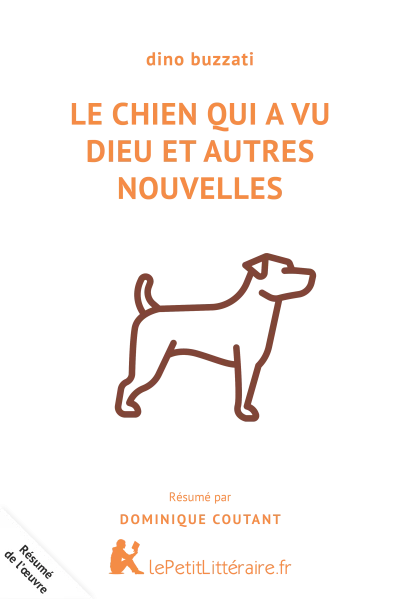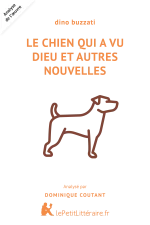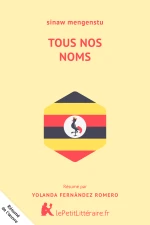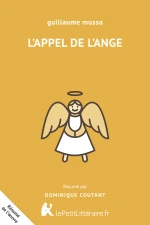
Le Chien qui a vu Dieu et autres nouvelles : Résumé du livre
Description du résumé sur Le Chien qui a vu Dieu et autres nouvelles (Dino Buzzati)
Ce document propose un résumé clair et détaillé de Le Chien qui a vu Dieu et autres nouvelles de Dino Buzzati, dont voici un extrait :« Le Chien qui a vu Dieu1. Le boulanger Defendente, « plus mécréant et blasphémateur que personne » (p. 12), a hérité du commerce de son oncle, à la condition qu'il distribue chaque jour cinquante kilos de pain aux pauvres de la commune de Tis, devant sa boutique, pendant cinq ans. Il s'acquitte de cette tâche en trichant : il récupère la plupart du pain par un trou réalisé dans le panier, placé au-dessus du soupirail de la cave, privant ainsi les pauvres d'une partie de leur dû.2. Un été, un vieil ermite, Silvestro, s'installe dans les ruines d'une chapelle qui surplombe la ville.3. D'étranges lueurs proviennent parfois de la chapelle, mais les paysans, peu croyants, n'y prêtent pas vraiment attention. Ils gardent cependant une distance craintive par rapport à cet endroit. »Découvrez la suite dans le document.

À propos du livre "Le Chien qui a vu Dieu et autres nouvelles"
Trois nouvelles font partie du recueil et toutes ont été publiées dans L'écroulement de la Baliverna, paru en 1954.
Dans le premier récit, Le Chien qui a vu Dieu, un petit village italien aux mœurs relâchées voit sa vie bouleversée par l'arrivée d'un curieux chien, compagnon d'un ermite venu s'installer aux alentours. À la mort de ce dernier, d'étranges phénomènes se produisent. Dans la deuxième nouvelle, Les cinq frères, une famille unie se déchire à cause de la sombre prédiction d'un démon qui a pris les traits d'un vieux sage. Enfin, dans Le musicien envieux, un compositeur riche et célèbre voit toutes ses illusions s'écrouler lorsqu'il découvre qu'une nouvelle musique, géniale et révolutionnaire, est l’œuvre d'un de ses amis dont la production était jusque-là méprisée.
Dino Buzzati
Dino Buzzati (1906-1972) was an Italian writer and journalist best known for his imaginative and surrealist works. Born in San Pellegrino, Italy, Buzzati was the son of a painter and grew up surrounded by art and literature. After studying law at the University of Milan, Buzzati began his career as a journalist and writer, working for a number of newspapers and magazines.
Buzzati's first published work was a collection of stories called "Barnabo of the Mountains," which was published in 1933. The stories in this collection were set in the mountains of northern Italy and dealt with the lives of the people who lived there. The collection was very well-received, and established Buzzati as a major literary figure in Italy.
Throughout his career, Buzzati wrote novels, short stories, and plays, many of which were characterized by their surreal and fantastical elements. His most famous novel, "The Tartar Steppe," was published in 1940 and tells the story of a young officer stationed at a remote military outpost in a barren landscape, waiting for an enemy that never arrives.
Buzzati's writing often dealt with themes of isolation, existentialism, and the human condition, and his work was influenced by a number of literary movements, including surrealism and existentialism. His work was also heavily influenced by his experiences as a journalist, and his writing often had a journalistic quality to it, blending fact and fiction in a unique and compelling way.
In addition to his literary work, Buzzati was also an accomplished artist and illustrator, and his drawings were often used to illustrate his own writing. He also worked as a stage designer and painter.
Buzzati's work continues to be widely read and studied in Italy and around the world. His unique vision and style have made him one of the most important and enduring voices in 20th-century Italian literature.
Informations techniques
ISBN numérique : 9782806231154-RES





